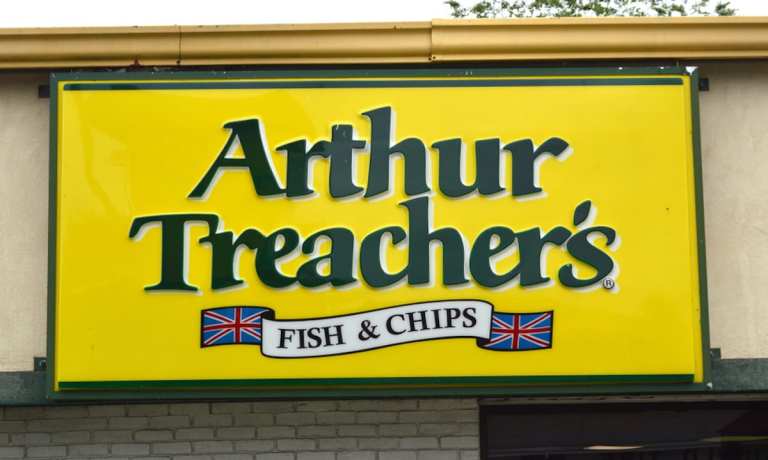Franklin Junction Looks To Add Virtual Arthur Treacher’s Brand To 100 Restaurants’ Offerings

With so many ghost kitchens — delivery-only restaurants with no consumer-facing physical location — having popped up during quarantine, restaurant operators are taking notice of the potentially very profitable model. In May, James Walker, SVP of restaurants for the iconic hotdog brand Nathan’s Famous, spoke with PYMNTS about the company’s hundreds of existing and forthcoming ghost kitchen locations. Since then, the company has partnered with digital platform Franklin Junction to offer ’70s fish-and-chips chain Arthur Treacher’s as a virtual brand for restaurants to add to their kitchens, aiming to establish 100 new locations by the end of the year.
“In our research, seafood has shown to be one of the most underserved cuisines in delivery,” Franklin Junction CEO Rishi Nigam told PYMNTS in an interview. “Therefore, Arthur Treacher’s is a perfect fit to fill this unmet demand, given its decades of brand recognition and [new] menu items … additionally, the product travels extremely well.”
Nigam added that without the physical environment to stir older consumers’ fond memories of the brand, the food’s packaging “will become an important aspect of showcasing recognizable brand features.”
Be Our Guest
Franklin Junction describes its locations as host kitchens rather than ghost kitchens. This term is meant to clarify that while ghost kitchens are sometimes fully new locations that restaurant brands establish from scratch, the digital platform allows restaurateurs to add menus that they can prepare from their existing kitchens. These brands “can be supported by the current equipment package and culinary team,” noted Nigam.
“The network we’ve created provides the support and tools for restaurants to successfully host another concept from our roster of compelling brands,” he said. “This creates incremental growth for both the host and the brand, without any capital expense from either, by better using existing infrastructure.”
He added that these kitchens see “a significant profit bump” without any of the capex or hiring spend typically associated with establishing a new restaurant location.
Will It Scale?
The qualities that make a restaurant meal great in stores don’t necessarily lead to a satisfying experience when a meal arrives at consumers’ doors. For a delivery-only kitchen to succeed, the operation must take into account the unique needs of the channel.
For Franklin Junction, Nigam said the company’s culinary team works with restaurant brands “to refine and adjust their menus and preparation guidelines to protect brand integrity while ensuring a consistently enjoyable experience.”
He added, “Typically, it involves careful handling of packaging, adjusted menus, a focus on delivery procedures and the right partners to streamline consumer-facing communications.”
Go Where The Love Is
The company uses its data analytics to match brands to kitchens, taking into account the area’s market, how much demand there is for the products and what the brand requires operationally.
“[We] min[e] multiple data streams to define the right brands and menus to offer in which neighborhoods, while our predictive analytics ensure that we’re able to meet and seed demand,” said Nigam.
It is a quick process — onboarding typically takes under two weeks. Ultimately, these digitization efforts allow brands to take advantage of the rise in digital ordering seen in the post-lockdown era.
“Today’s consumers have come to expect their demands to be met instantaneously,” said Nigam. “When it comes to digital ordering, aspects such as quality, convenience and offerings are what draw in those consumers … the digital ordering space will be bigger, better and more responsive in the future.”
Read More On Restaurant Innovation:
- Report: McDonald’s to Launch Digital Marketing Fund, Add Ordering Channels
- Card-Linked Offers Shape Data Access and Personalized Offers for Restaurants
- Ghost Kitchens Vanish as In-Person Dining Returns
- Restaurant Brands Tap Data Insights to Drive Engagement, Loyalty and Sales